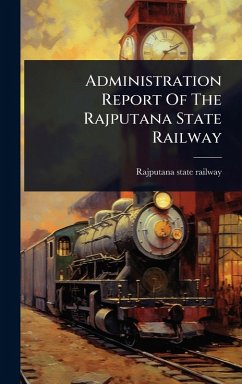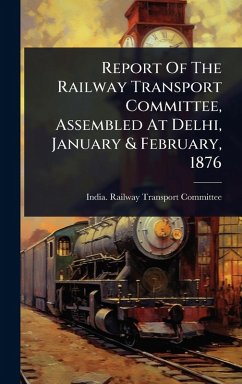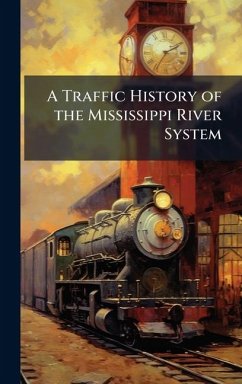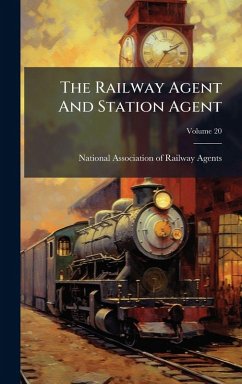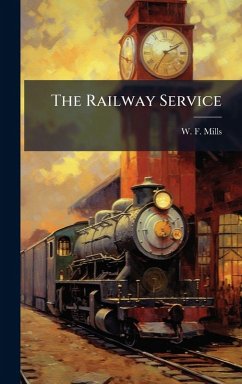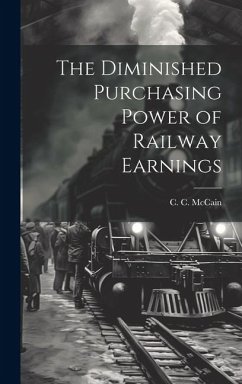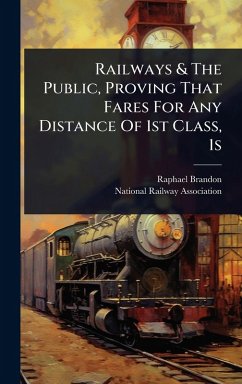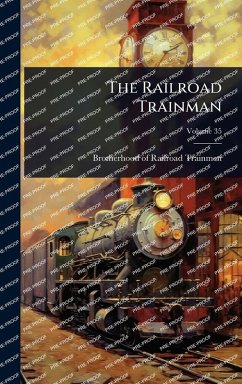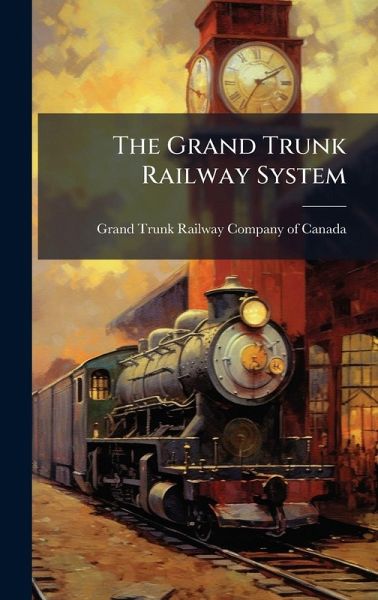
The Grand Trunk Railway System
Versandkostenfrei!
Versandfertig in über 4 Wochen
29,99 €
inkl. MwSt.

PAYBACK Punkte
15 °P sammeln!
This historical document provides a fascinating glimpse into the operational rules of the Grand Trunk Railway (GTR) system as of July 1st, 1898. Titled "The Grand Trunk Railway System: Rules of the Transportation Department," it offers detailed insights into the regulations governing the movement of trains, the duties of railway personnel, and the overall management of one of Canada's most important railway networks. The GTR played a pivotal role in the development of Canada, connecting disparate communities and facilitating trade. This rulebook serves as a primary source for understanding rai...
This historical document provides a fascinating glimpse into the operational rules of the Grand Trunk Railway (GTR) system as of July 1st, 1898. Titled "The Grand Trunk Railway System: Rules of the Transportation Department," it offers detailed insights into the regulations governing the movement of trains, the duties of railway personnel, and the overall management of one of Canada's most important railway networks. The GTR played a pivotal role in the development of Canada, connecting disparate communities and facilitating trade. This rulebook serves as a primary source for understanding railway operations in the late 19th century. It is invaluable for historians, railway enthusiasts, and anyone interested in the history of transportation and Canadian infrastructure. This work has been selected by scholars as being culturally important, and is part of the knowledge base of civilization as we know it. This work was reproduced from the original artifact, and remains as true to the original work as possible. Therefore, you will see the original copyright references, library stamps (as most of these works have been housed in our most important libraries around the world), and other notations in the work. This work is in the public domain in the United States of America, and possibly other nations. Within the United States, you may freely copy and distribute this work, as no entity (individual or corporate) has a copyright on the body of the work. As a reproduction of a historical artifact, this work may contain missing or blurred pages, poor pictures, errant marks, etc. Scholars believe, and we concur, that this work is important enough to be preserved, reproduced, and made generally available to the public. We appreciate your support of the preservation process, and thank you for being an important part of keeping this knowledge alive and relevant.



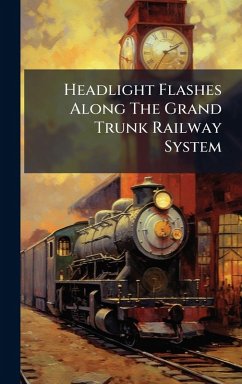
![Report of Mr. Thomas E. Blackwell, Vice-president and Managing Director of the Grand Trunk Railway Company of Canada [microform] Cover Report of Mr. Thomas E. Blackwell, Vice-president and Managing Director of the Grand Trunk Railway Company of Canada [microform]](https://bilder.buecher.de/produkte/66/66198/66198377n.jpg)
